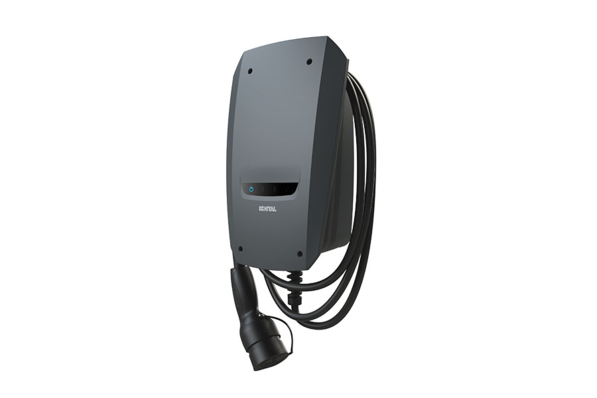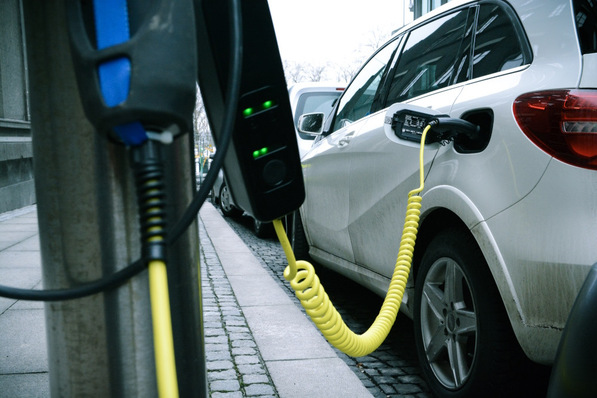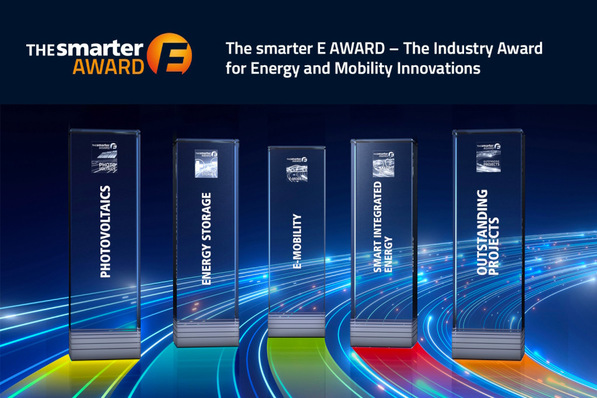This would take the futuristic runabout to a new level in terms of range. Accordingly, the engineers have taken a holistic approach: starting with the improvement of all components of the electric drive train as well as the use of lightweight and sustainable materials. Added to this are further efficiency measures. These include low rolling resistance tyres, improved aerodynamics and modern software.
See also: A solar car roof for both EVs and ICE vehicles
The energy consumption should be less than 10 kilowatt hours per 100 kilometres, promises Daimler CEO Ola Källenius in his presentation. The motor generates 150 kilowatts of power. "The Vision EQXX has a range of more than 1,000 kilometres on a single charge – powered by a battery that would fit in a small car." The power is also to come from the car's own roof. 17 solar cells are supposed to provide around 250 watts of output – a number which will hopefully go up in the future.
Only a research vehicle
This offering from Mercedes is one among a number of recently announced highly efficient EVs such as the Sion from Sono Motors out of Munich or the Aptera from California – both of which will also include the integration of PV cells in the outer skin of the vehicles. Unlike these vehicles which are at various stages of the prototyping process with a clear intent of series production, the Vision EQXX is a one-off and will only be used for research purposes.
(nhp/mfo)







